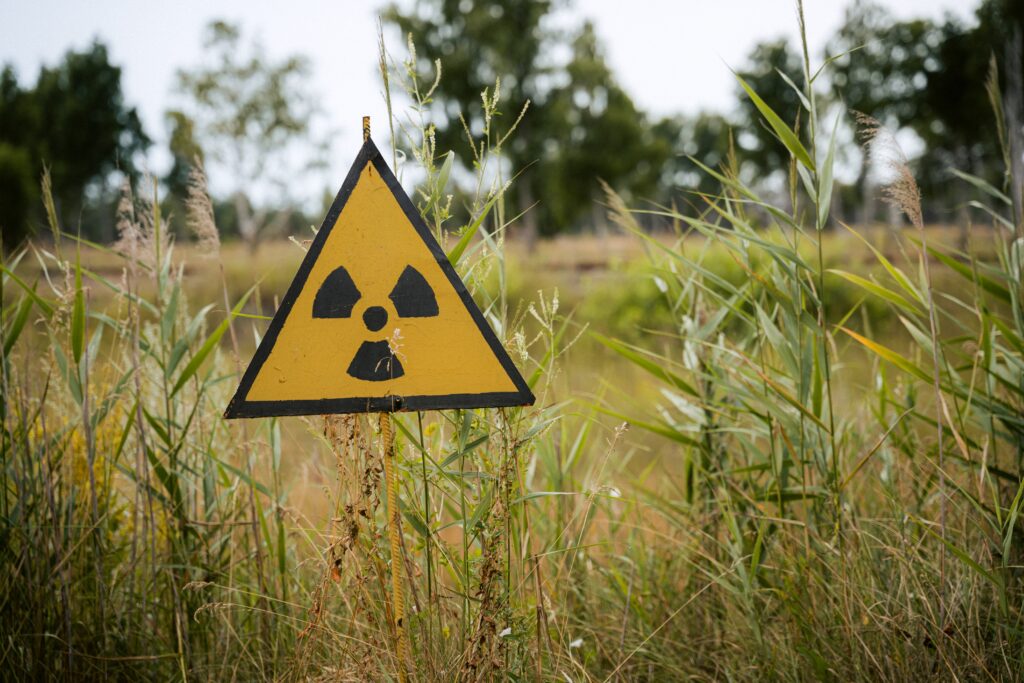In the annals of military strategy and global geopolitics, few concepts have been as consequential and controversial as nuclear deterrence. Born out of the ashes of World War II and crystallized during the Cold War, the doctrine of deterrence posits that the mere possession of nuclear weapons prevents adversaries from launching an attack, given the mutually assured destruction that would ensue. Yet, as we navigate the intricacies of a multipolar world, the dynamics of nuclear deterrence are evolving. This transformation necessitates a deep introspection into its future and its implications for global security.
Emergence of New Nuclear Actors
The Cold War era, dominated by the bipolar power structures of the United States and the Soviet Union, was characterized by a predictable, albeit tense, balance of power. Nuclear deterrence during this period was largely binary. Today, however, the scenario is far more complex. New entrants in the nuclear club, such as North Korea, coupled with the ambitions of nations like Iran, highlight the diffusion of nuclear capabilities. Furthermore, traditional nuclear powers like China and India are expanding and modernizing their arsenals. This proliferation raises concerns about accidental escalations, the security of nuclear arsenals, and the potential for miscalculations in crises. As more states acquire nuclear capabilities, the traditional norms and understandings that governed nuclear behavior during the Cold War are under strain, necessitating the establishment of new protocols and agreements.
Technological Advancements and New Threat Vectors
The rapid technological advancements of the 21st century are adding layers of complexity to the nuclear deterrence equation. Hypersonic missiles, which can maneuver and travel at speeds greater than Mach 5, threaten to outpace current missile defense systems, making retaliatory strikes more likely. Similarly, cyber warfare introduces risks of hacking into nuclear command and control systems, potentially leading to unauthorized launches or false alarms. Additionally, the militarization of space and the development of anti-satellite weapons can impact early warning systems and communication networks, crucial for nuclear command structures. These evolving threat vectors necessitate a rethinking of deterrence strategy, moving beyond mere numbers of warheads to incorporate a broader spectrum of technological and cyber considerations.
The Imperative of Diplomacy and Arms Control
Amidst these changing dynamics, the importance of diplomacy and arms control becomes even more pronounced. While treaties like the New START between the United States and Russia have played a crucial role in capping the number of strategic nuclear weapons, the multipolar world demands broader agreements that encompass emerging nuclear powers. These treaties should not only address warhead numbers but also the technological advancements that can destabilize the strategic balance. Confidence-building measures, hotlines, and regular dialogues among nuclear states can reduce misunderstandings and build trust. Moreover, multilateral forums can play a pivotal role in establishing norms and best practices to prevent accidental escalations and promote nuclear safety.
In conclusion, the doctrine of nuclear deterrence, while rooted in the 20th century, remains as relevant as ever in today’s intricate global landscape. However, its future is fraught with challenges arising from a multipolar world order and rapid technological progress. Navigating these complexities will require a blend of strategic foresight, technological adaptation, and diplomatic acumen. As the stakes are unimaginably high, the international community must act with prudence and collective responsibility to ensure that nuclear weapons serve their intended purpose of deterring conflict, rather than precipitating it.

